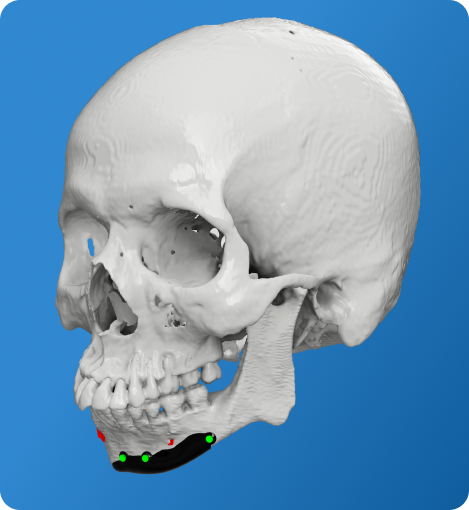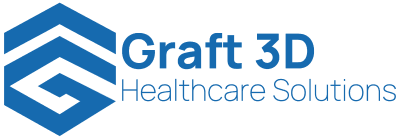- Work Hours : Mon to Sat : 09:30- 18:30
3D Printing in the Management of Facial Deformities
Call us now
+91 6374410703 | +91 98404 78347
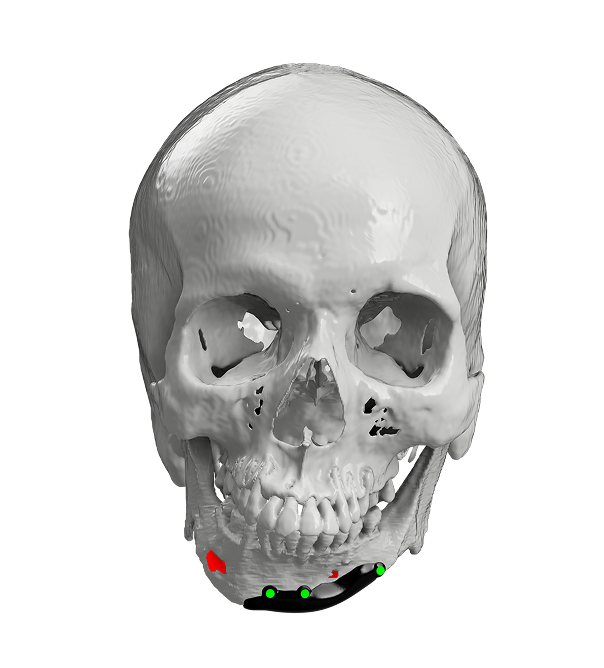
- Designed by Zoriox Innovation Labs ,Marketed by Graft3D Healthcare Solutions
Overview
The craniofacial skeleton is a complex structure necessary for both aesthetic and functional aspects. Its optimal reconstruction in cases of deformities requires meticulous planning of surgical procedures. Facial deformities can be caused by numerous causes, each of which necessitates individual approach for correction. Common causes include:
- Congenital anomalies such as craniofacial microsomia, cleft lip and palate or syndromic craniofacial dysplasias.
- Post traumatic deformities as a result of malunited fractures, bone loss and soft tissue and hard tissue deficiencies.
- Facial deformities such as craniofacial developmental or acquired anomalies involving growth disturbances, tumor and defects after surgical removal.

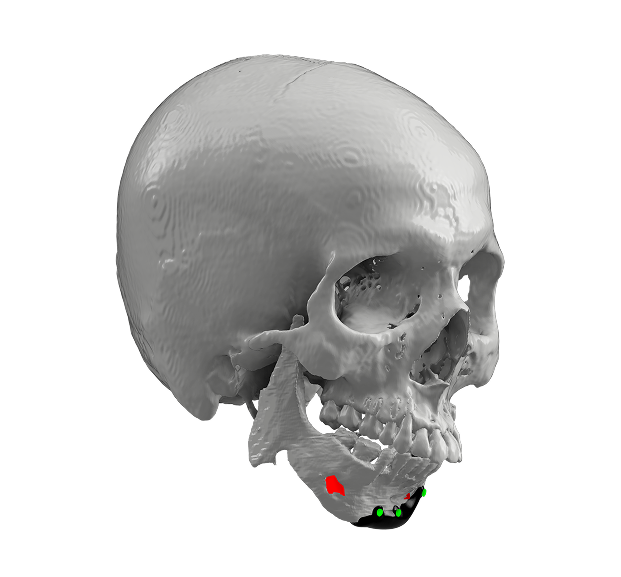
Role of Virtual Surgical Planning (VSP)
With the development of high-definition CT scans, the craniofacial skeleton can be evaluated in three dimensions. Use of virtual surgical planning in craniofacial reconstruction offers the following abilities for surgeons:
- Describe the precise location and boundaries of facial deformity.
- Perform virtual cuts in the upper jaw, lower jaw, cheekbone and orbital walls.
- Digitally move bony segments to optimize facial symmetry and occlusion.
- Predict soft-tissue changes associated with bony movements.
Integration of 3D Printing Technology
When the surgical plan is confirmed, 3D printing in maxillofacial surgery transforms the virtual plan into physical tools and models :
- Preoperative simulation and osteotomy rehearsal can be done using 3D printed anatomical models.
- Tailored osteotomy guides and cutting guides bring the VSP to reality in theatre with great accuracy.
- Patient specific implants (PSI) made of titanium can be used to reconstruct a volume deficient bone. Stabilized reconstruction is done without the need of intraoperative adjustments.
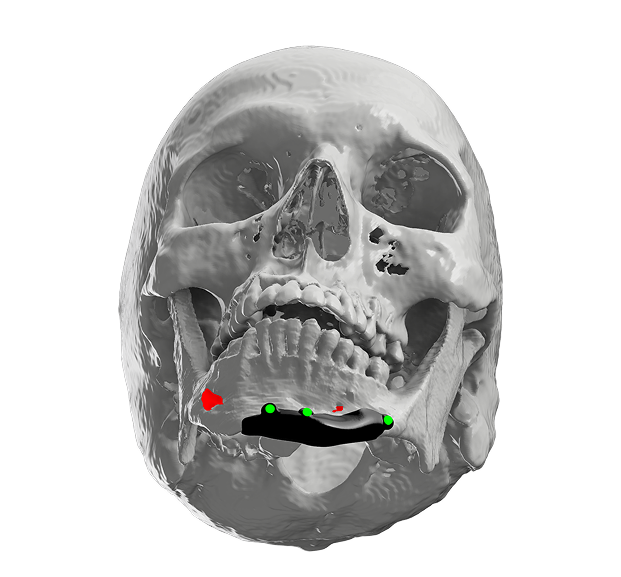
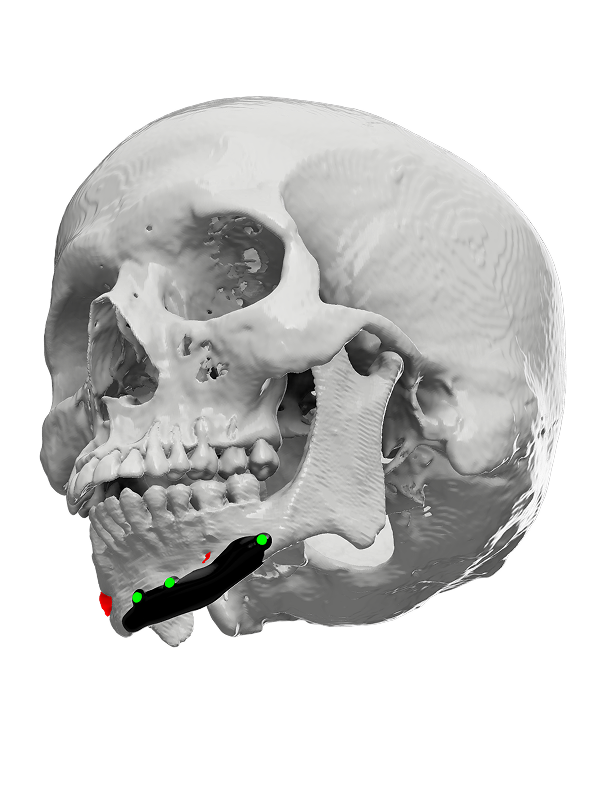
Advantages of 3D Printing and VSP Assisted Facial Reconstruction
Improved Precision:
- Easy transfer of the digital planning to the surgical plan
Time Efficiency:
- Prefabricated guides and implants allow shortened operating time.
Strong Predictability:
- Outcomes are reliable, consistent with low minimal improvisation.
Superior Outcomes:
- Restoration of symmetry, function and aesthetics at higher level of care.
Clinical Applications
Orthognathic Surgery of Maxillomandibular Discrepancies:
- Corrects skeletal malocclusion, jaw asymmetry, and disproportional maxillomandibular relationships.
Orbital Reconstruction in Congenital Anomalies:
- Reconstruction of orbital walls in cases of congenital anomalies, blow-out fractures, or post-oncologic resections.
Correction of Zygomatic and Frontal Bone Asymmetries:
- Correction of zygomatic bone malunions, frontal bone fractures, midface hypoplasia, or defects after trauma and tumor resections.
Cranial Vault Remodeling:
- Surgical correction of premature fusion of cranial sutures in infants and children.
Post Oncologic Resection:
- Reconstruction of bone and soft-tissue defects following resection of craniofacial tumors.

The combination of 3D printing and virtual surgical planning (VSP) has revolutionized the treatment of complex craniofacial malformations. This novel technique enables surgeons to perform osseous osteotomies and reconstructions with more accuracy, less surgical time, and better functionally aesthetic results. By bridging the planning-execution gap, 3D printing in maxillofacial and craniofacial surgery has set a new standard for personalized patient care.
